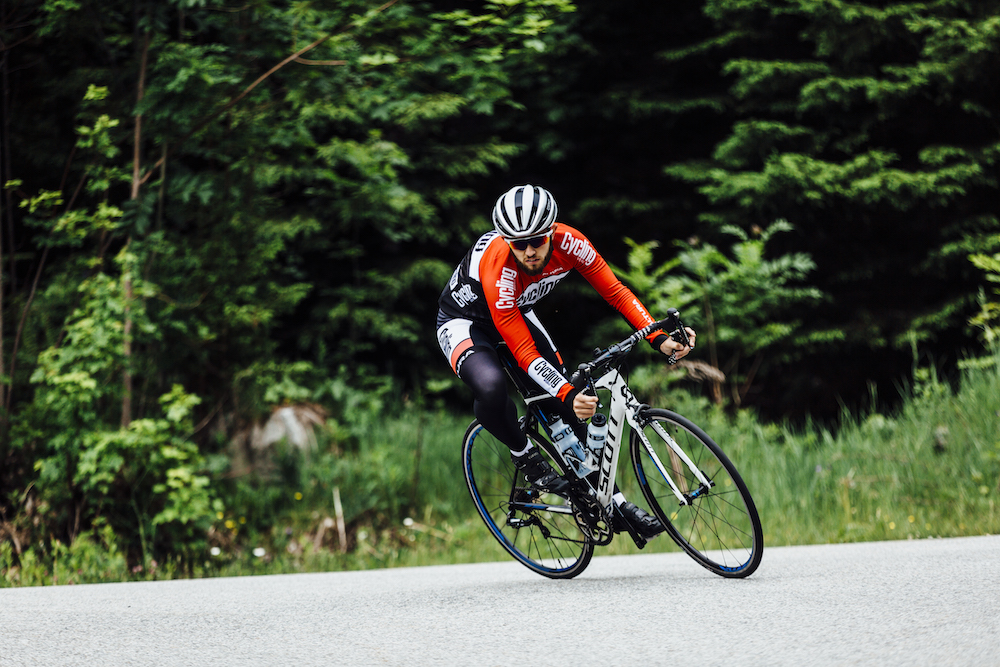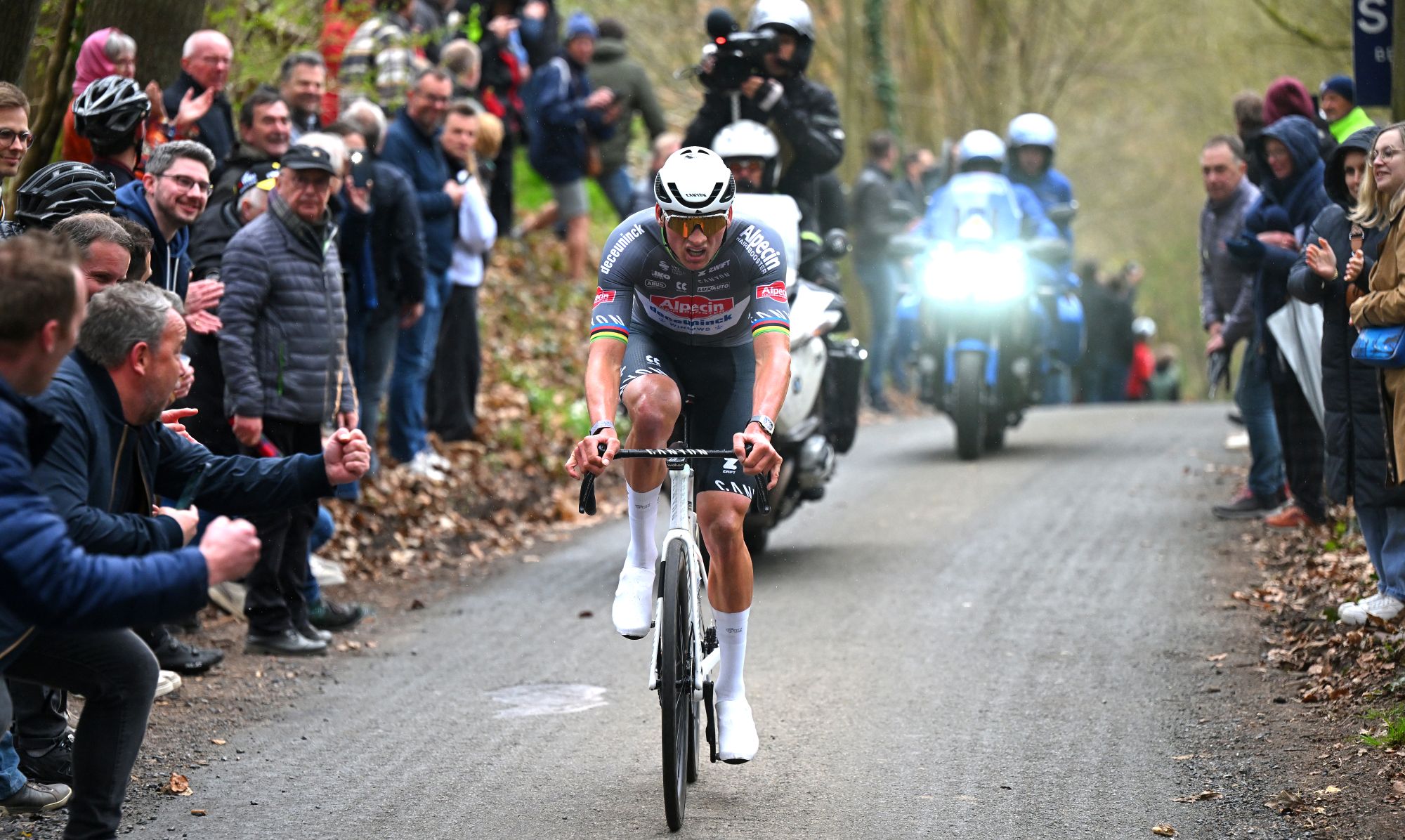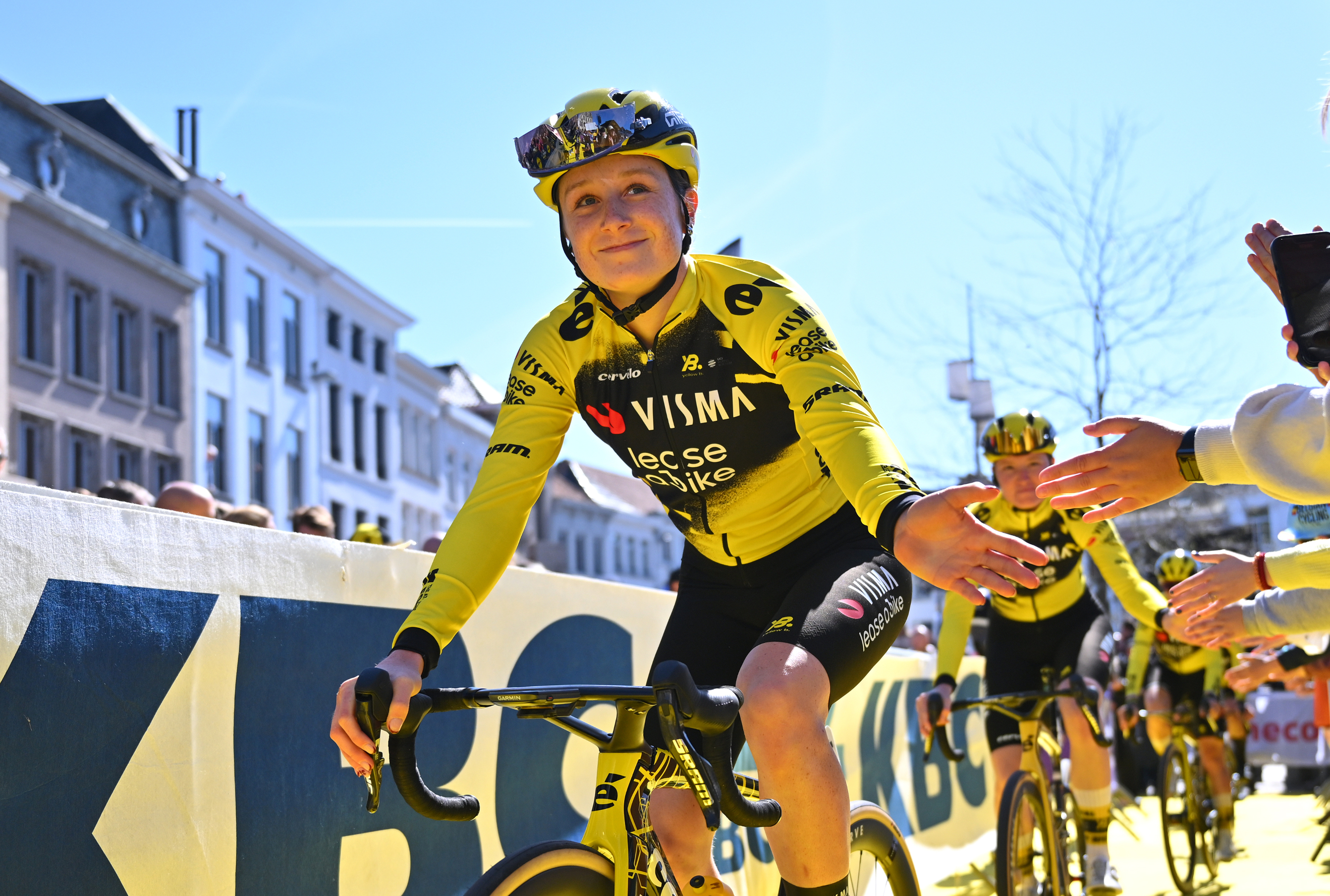How to master descents (video)
Descending can make even the best riders panic and go into their shell. But keeping calm and gradually improving your confidence and skills, can avoid these set backs

For some cyclists the thrill of a speeding downhill is what gets us into cycling, whereas for others it is somewhat unnerving and can bring a fair bit of trepidation.
But enhancing your descending skills is not only necessary in terms of safety, but also vital if you are looking to increase your average speed.
Practice
This may seem blatantly obvious, but like most aspects of cycling, practising is one of the only ways you'll see a true improvement in your performance.
This isn’t a case of heading to the top of the biggest hill you can find and recklessly bombing down in a tucked position, instead find a local, more well known descent to practice on and build up your confidence.
Relax
One of the most important things to do when descending is to relax. The best descenders in the world are masters at this and you will quite often see a bad descender looking terrified and tense when heading downhill.
Get The Leadout Newsletter
The latest race content, interviews, features, reviews and expert buying guides, direct to your inbox!
Tensing up through your shoulders and arms can cause jerky steering motions and make you tentative and uncertain when braking.
Cornering
Adjusting your leg position and shifting your body weight is crucial for smooth cornering when descending. Make sure you bend the knee that is going around the inside of the corner, keeping the opposite leg straight and putting your weight through this heal.
>>> How to improve your bike-handling
Braking
Make sure that when you are descending you don’t drag on the brakes, this not only makes them less efficient but can lead to them overheating and can in some cases cause a tyre blow out.
Remember that simply raising your upper body or riding on the tops will act as a very efficient air brake to help slow you down as well.
Spotting a turning point early
As your speed increases, your reactions also need to tune in to respond to the situations on the road.
Spotting the vanishing point of turn in the road early and adjusting your position on the road accordingly, is vital to adopting the fastest and safest line through the bend. Remember if you can’t see what is behind a blind corner take caution and knock the speed off.
Get aero
As we mentioned previously you’ll probably be surprised at just how much your upper body slows you down when riding downhill. This reinforces the need to stay aero when descending to gain the full speed benefits, so get on the drops, tuck your arms in and enjoy the descent!

Thank you for reading 20 articles this month* Join now for unlimited access
Enjoy your first month for just £1 / $1 / €1
*Read 5 free articles per month without a subscription

Join now for unlimited access
Try first month for just £1 / $1 / €1
Paul Knott is a fitness and features writer, who has also presented Cycling Weekly videos as well as contributing to the print magazine as well as online articles. In 2020 he published his first book, The Official Tour de France Road Cycling Training Guide (Welbeck), a guide designed to help readers improve their cycling performance via cherrypicking from the strategies adopted by the pros.
-
 'I start every race to win' - Mathieu van der Poel fired up ahead of Paris-Roubaix showdown with Tadej Pogačar
'I start every race to win' - Mathieu van der Poel fired up ahead of Paris-Roubaix showdown with Tadej PogačarTwo-time winner says he has suffered with illness during spring Classics campaign
By Tom Thewlis Published
-
 'It's really surreal that now I'm part of it' - 19-year-old Imogen Wolff set to go from spectator to racer at Paris-Roubaix
'It's really surreal that now I'm part of it' - 19-year-old Imogen Wolff set to go from spectator to racer at Paris-RoubaixBrit first came to see the 'Hell of the North' when she was six
By Tom Davidson Published